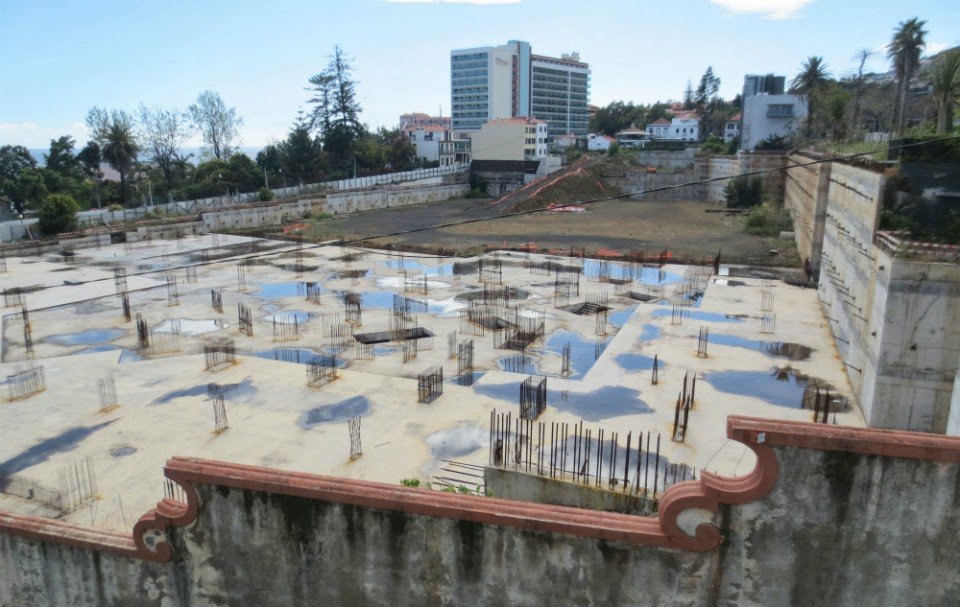
The "peixe espada" black scabbard fish is the more traditional fish in Madeiran cuisine, whose island was caught the first time and are commercially exploited this kind of depth, who lives on average depths between 800 meters and 1200 meters.
The fish lives in the Atlantic ocean, between latitudes 69 ° N and 27 ° N , and longitudes 79 ° W and 3 W. Thus, it can be found in the eastern Atlantic Ocean, from the Strait of Denmark, Iceland and Norway to Madeira and the west coast of northern Africa.
There are no data that demonstrate when the black scabbard fish started to be caught in the waters of the archipelago, but Manoel Thomás, in his poem "The Insulana", in 1635, makes a reference to the sword, among other coastal fish and top.
What is known with some tightening is that, in 1839, this species was described to science, the English naturalist Rev. Richard Thomas Lowe, who gave him the name deAphanopus carbo, alluding to the fact that a species without fins pelvic visible (Aphanopus, Greek, without feet) and black color (carbo, Latin, black).
But surely what is known is that the fishermen were Madeira, Câmara de Lobos, which for decades were fishing deep sea sharks to extract oil for lighting and skins for sanding, who happened to have found the black scabbard fish . With it , began an artisanal fishery that continues today, making Madeira the first place in the world to develop a technique of directed fishing for a kind of depth.
~~~~~
O peixe espada preto é o mais tradicional da cozinha madeirense, em cuja ilha se pescou pela primeira vez e se explorou comercialmente esta espécie de profundidade, que vive em média profundidades entre os 800 metros e os 1200 metros.
Vive no oceano Atlântico, entre as latitudes 69ºN e 27ºN e as longitudes 79ºW e 3ºW. Assim, pode ser encontrado no oceano Atlântico oriental, desde o estreito da Dinamarca, a Islândia e a Noruega, até à Madeira e à costa oeste do norte de África.
Não existem dados que evidenciem quando o peixe espada preto começou a ser pescado nas águas do arquipélago, mas Manoel Thomás, no seu poema “A Insulana”, de 1635, já faz uma referência à espada, entre outros peixes costeiros e do alto.
O que se sabe com algum maior rigor é que, em 1839, esta espécie foi descrita para a ciência, pelo naturalista Inglês Rev. Richard Thomas Lowe, que lhe deu o nome deAphanopus carbo, numa clara alusão ao facto de ser uma espécie sem barbatanas pélvicas visíveis (Aphanopus, do grego, sem pés) e de cor negra (carbo, do latim, negro).
Mas com toda a certeza, o que se sabe é que foram os pescadores da Madeira, de Câmara de Lobos, que há muitas décadas pescavam os tubarões de profundidade para extraírem óleo para iluminação e peles para lixas, que por acaso descobriram o peixe espada preto. Com isso, deram início a uma pescaria artesanal que perdura até hoje, fazendo da Madeira o primeiro local no mundo a desenvolver uma técnica de pesca dirigida a uma espécie de profundidade.
Canon IXUS 240 HS
f/2.7
1/60 seconds
ISO 250












































